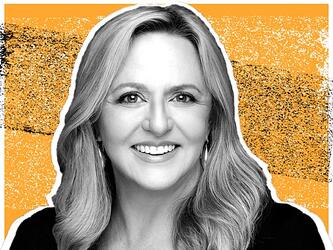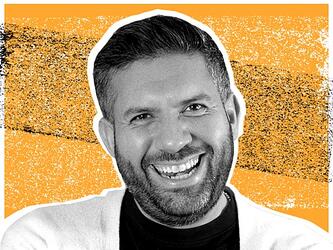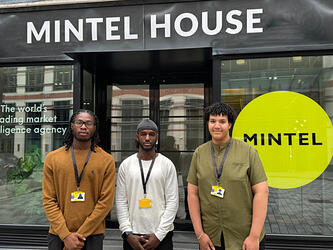Knowing a little
A few weeks ago, a good friend of mine was asked to write the questions for his golf club quiz. After hours of tortuous work, he submitted a list of proposed questions to the organiser.
‘Which singer-songwriter hit Justin Bieber in the mouth with a sand wedge?’ The organiser looked down page after page of questions like this. “These are far too difficult. We’ll have whole rounds where no-one scores anything.”
My friend tried again, this time with easier questions. “Too easy,” he was told. “We need to challenge people a bit more than this.”
He tried a compromise. He went back to the difficult questions and he sprinkled them with little clues. For instance, he now wrote ‘Which ginger-haired singer-songwriter hit Justin Bieber in the mouth with a sand wedge?’
Now, even if you hadn’t heard of the Ed Sheeran incident, you had a chance. The event went very well.
The following week I was watching University Challenge and it occurred to me the same process applies here. Perhaps only a minority of questions are answered correctly because someone knows the answer to the question. Most, are answered correctly because of a clever mixture of elimination, inference, educated guesswork and social cognition. The art of writing a University Challenge ‘starter-for-10’ lies in constructing the word order of the question so an initially impossible question is leavened with various oblique clues, making it progressively more guessable.
Take a typical opener: ‘Following his death in New York in 1945, his unfinished Viola Concerto was completed by his pupil Tibor Serly…’ Now nobody I know actually knows the answer to this question. The odds are that none of the contestants will know it either. Their mental processes run something like this. “Early 20th century composer – could be lots of people. Tibor sounds a bit Hungarian. Lots of Eastern Europeans would have hoofed it to the US in the 30s. Let’s go for a 20th century Hungarian.”
Now Jenő Ádám, Ferenc Farkas, Jenő Takács and Zoltán Kodály might fit the bill. But if the answers to University Challenge questions required people to have heard of Farkas, the typical scoreline would be 15-5 and nobody would watch. “I’d put the odds at 80% Bartók, 20% Kodály.” Buzz. “Bartók”. “Correct.”
This question was a test of knowledge. But the decisive pieces of information were knowing that: Tibor is a name overwhelmingly borne by Hungarians; Bartók was a 20th century Hungarian composer; and inferring the answer would have to be known to an educated audience. If you didn’t know Tibor was a Hungarian name, you had no chance. Most questions on University Challenge work like that. But so do the majority of decisions we make in life. We can’t answer the primary question, so we substitute proxy questions that are easier to answer. It is what psychologist Gerd Gigerenzer calls “ecological rationality” – the best we can do given our constraints.
If I asked you which city was more populous, San Diego or Cincinnati, you’d go through a similar process. “Which one have I heard of more often? BA flies direct to San Diego, but not Cincinnati. I’ve heard of the San Diego Padres.” You make an inference. In this case you’re right.
One question researchers don’t ask enough is: ‘Is there one piece of missing information which could be a game-changer?’ What if people knew Audis were German? What if people knew nicotine isn’t carcinogenic? Perhaps the most famous press ad ever (from the 1950s ‘At 60 miles an hour the loudest noise in this new Rolls-Royce comes from the electric clock’) was largely conceived to convey one piece of information – and it wasn’t about the clock.
So famous is the headline, people overlook that, in the accompanying photograph, the driver is female. This wasn’t affirmative action: it was done, David Ogilvy explained, to disabuse Americans of the misconception that you would only buy a Rolls-Royce if you had a chauffeur; it wasn’t a car you would drive yourself. The most populous (and largest) city in Florida is (and I wouldn’t have guessed it) Jacksonville. No international airport, no baseball team, hardly mentioned in the news, until recent sad events. It goes to show that, without a few good heuristics and a bit of gratuitous fame (Miami) the facts don’t matter much at all.
Rory Sutherland is vice-chairman, Ogilvy & Mather, UK

We hope you enjoyed this article.
Research Live is published by MRS.
The Market Research Society (MRS) exists to promote and protect the research sector, showcasing how research delivers impact for businesses and government.
Members of MRS enjoy many benefits including tailoured policy guidance, discounts on training and conferences, and access to member-only content.
For example, there's an archive of winning case studies from over a decade of MRS Awards.
Find out more about the benefits of joining MRS here.













0 Comments